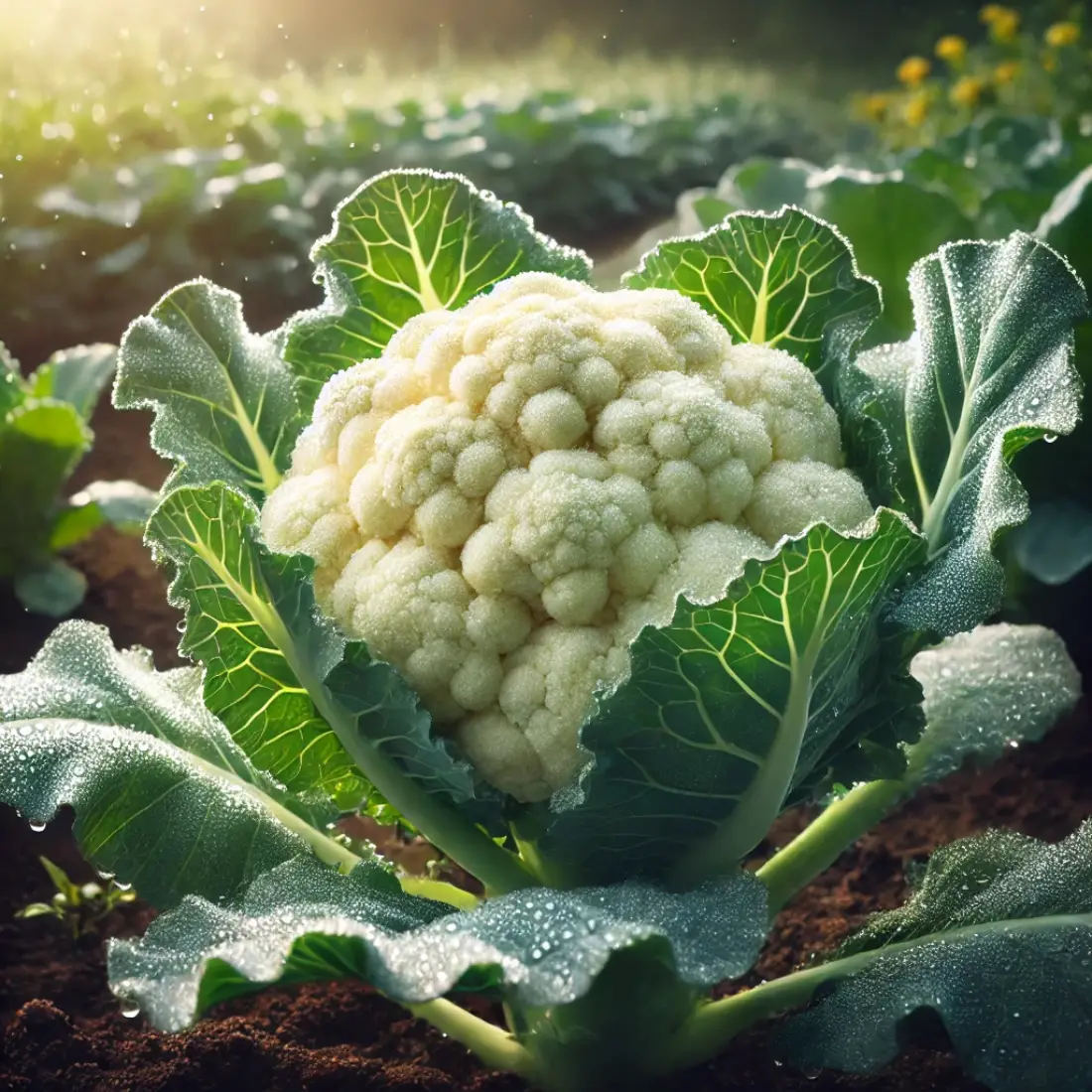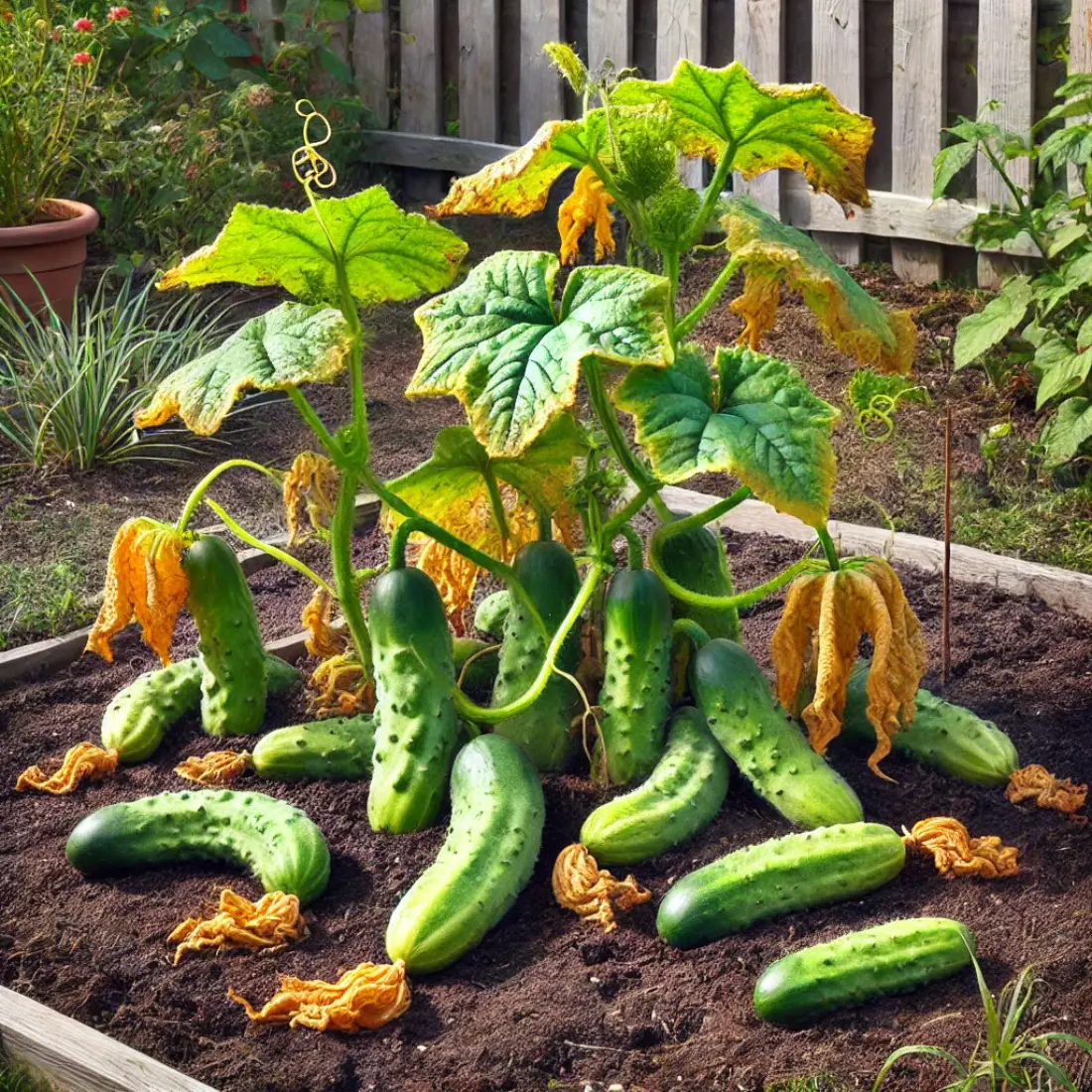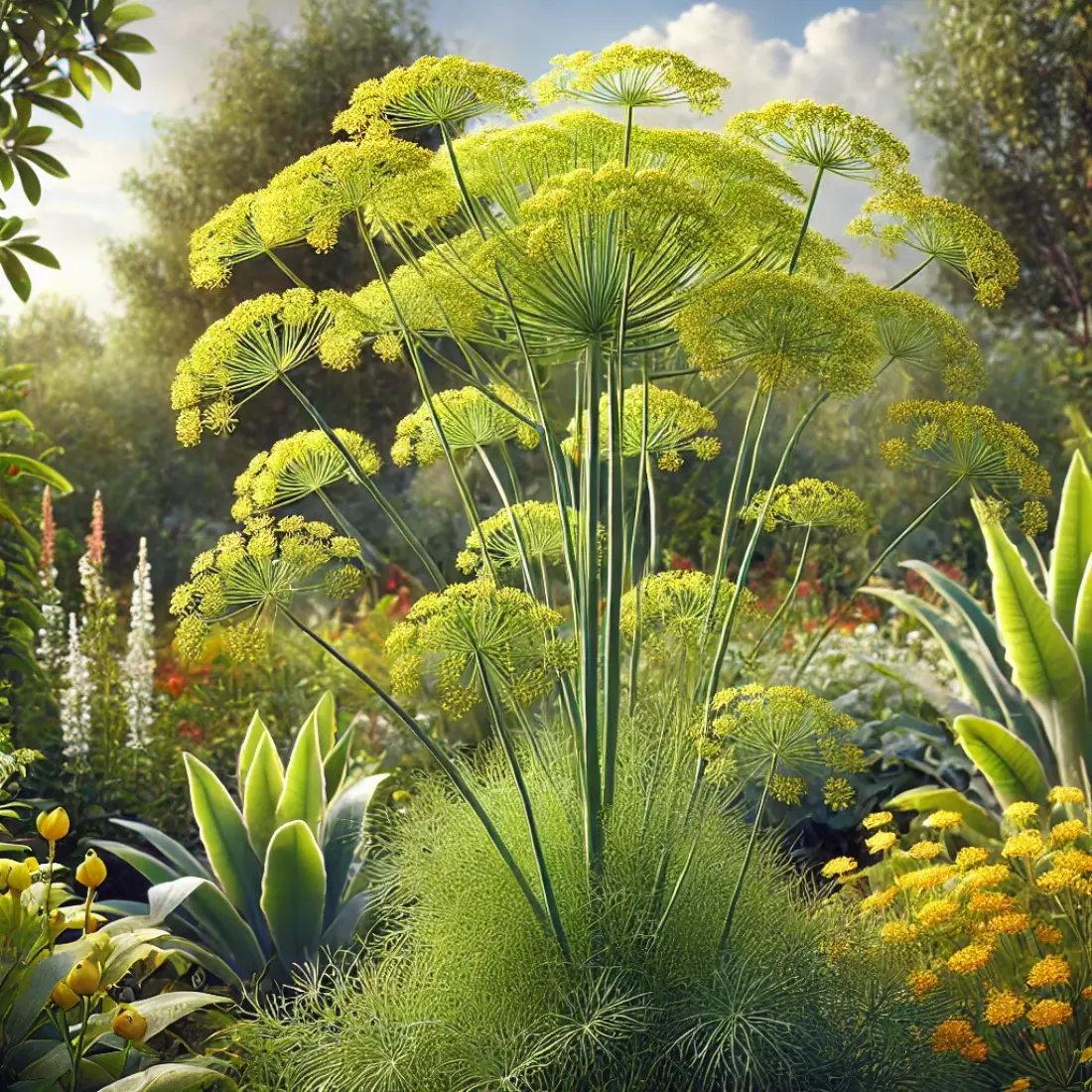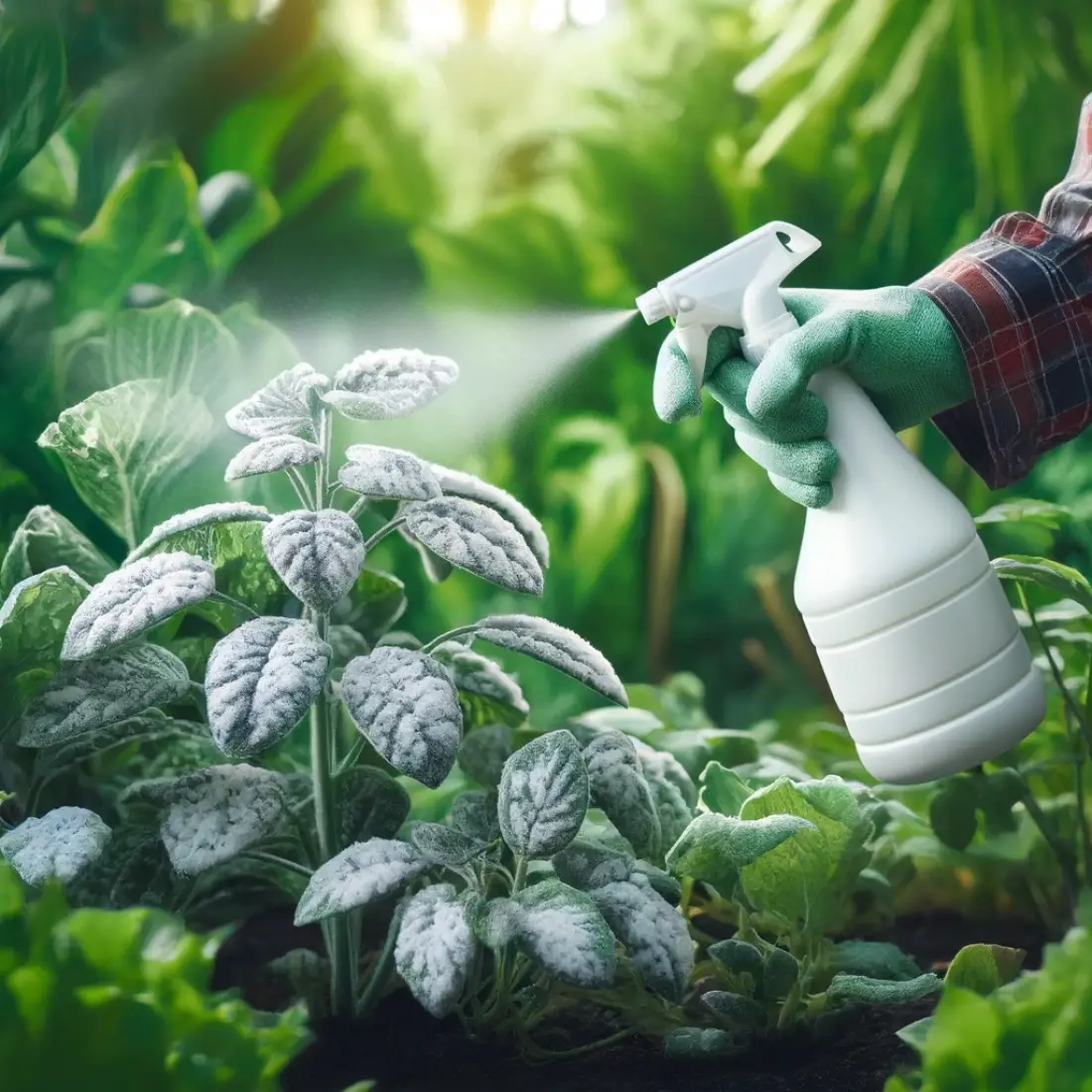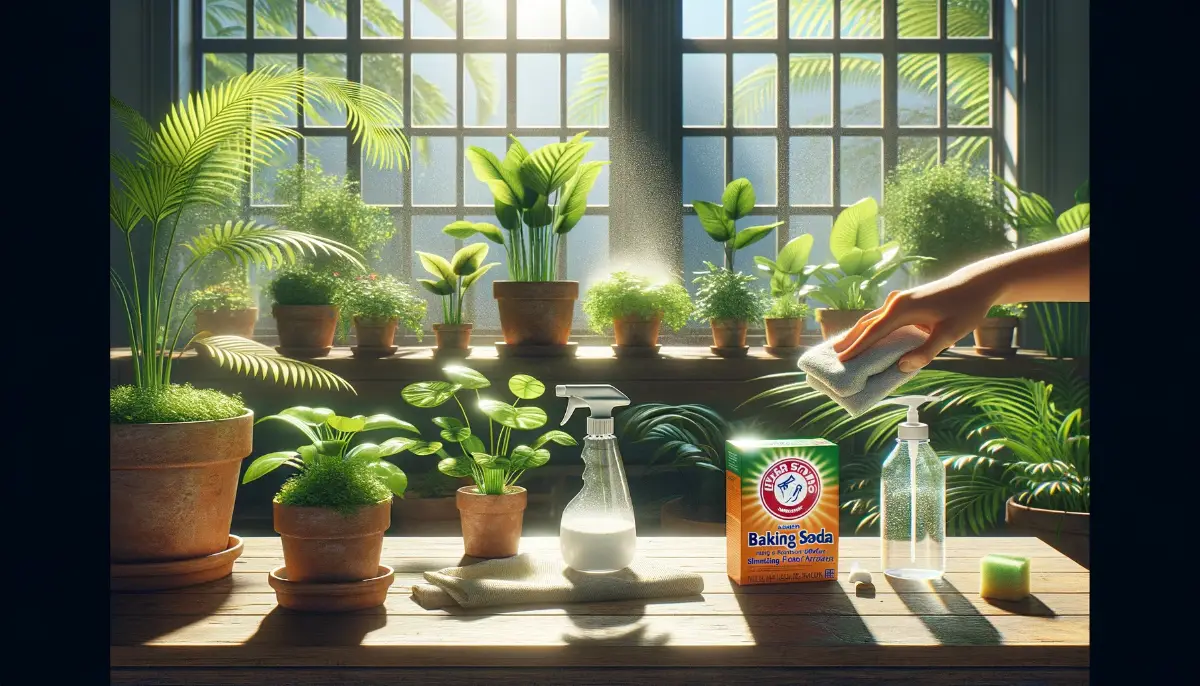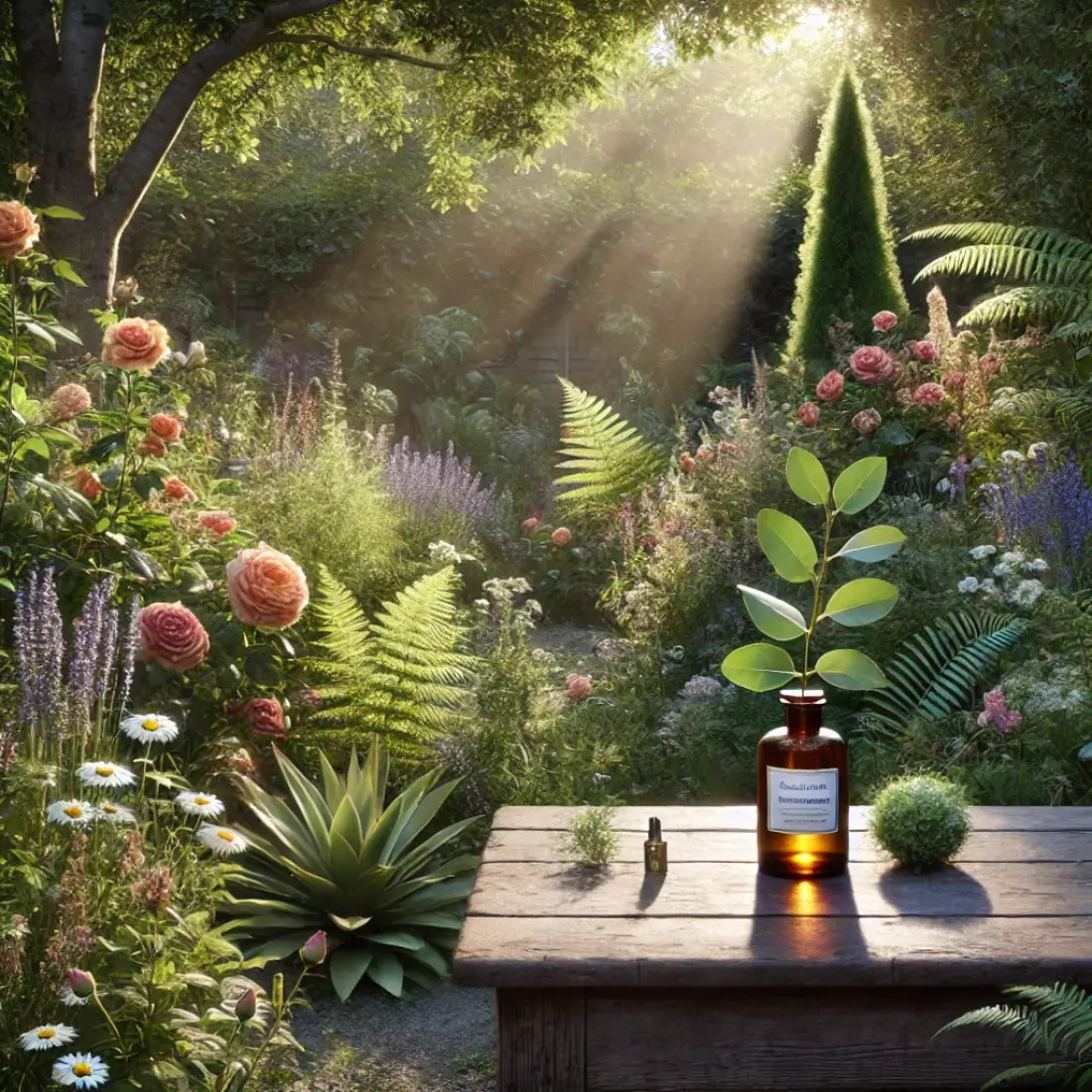Green onions, also known as scallions or spring onions, are a versatile and flavorful addition to many dishes. They belong to the Allium family, which also includes garlic, leeks, and regular onions.
Green onions are characterized by their long, green stalks and small white bulbs. Unlike mature onions, they are harvested before the bulbs fully develop, making them milder and less pungent in flavor.
Green onions are not only delicious but also packed with nutrients. They are low in calories and high in vitamins A, C, and K. Additionally, green onions contain antioxidants and compounds that may have anti-inflammatory and antibacterial properties. Including green onions in your diet can contribute to overall health and well-being.
Preparing to Grow Green Onions
Soil Requirements: Green onions thrive in well-draining soil rich in organic matter. A pH level between 6.0 and 7.0 is ideal. Incorporating compost or aged manure can improve soil fertility and structure, providing the necessary nutrients for healthy growth.
Sunlight Needs: Green onions require full sun to grow best, meaning they need at least 6-8 hours of direct sunlight each day. While they can tolerate partial shade, too little light can result in slower growth and less robust plants.
Temperature Preferences: Green onions are cool-season crops and can be grown in early spring or fall. They prefer temperatures between 55-75°F (13-24°C). While they are somewhat frost-tolerant, extremely cold temperatures can damage young plants.
Selecting the Right Green Onion Variety: There are several varieties of green onions to choose from, each with unique characteristics.
Common Varieties
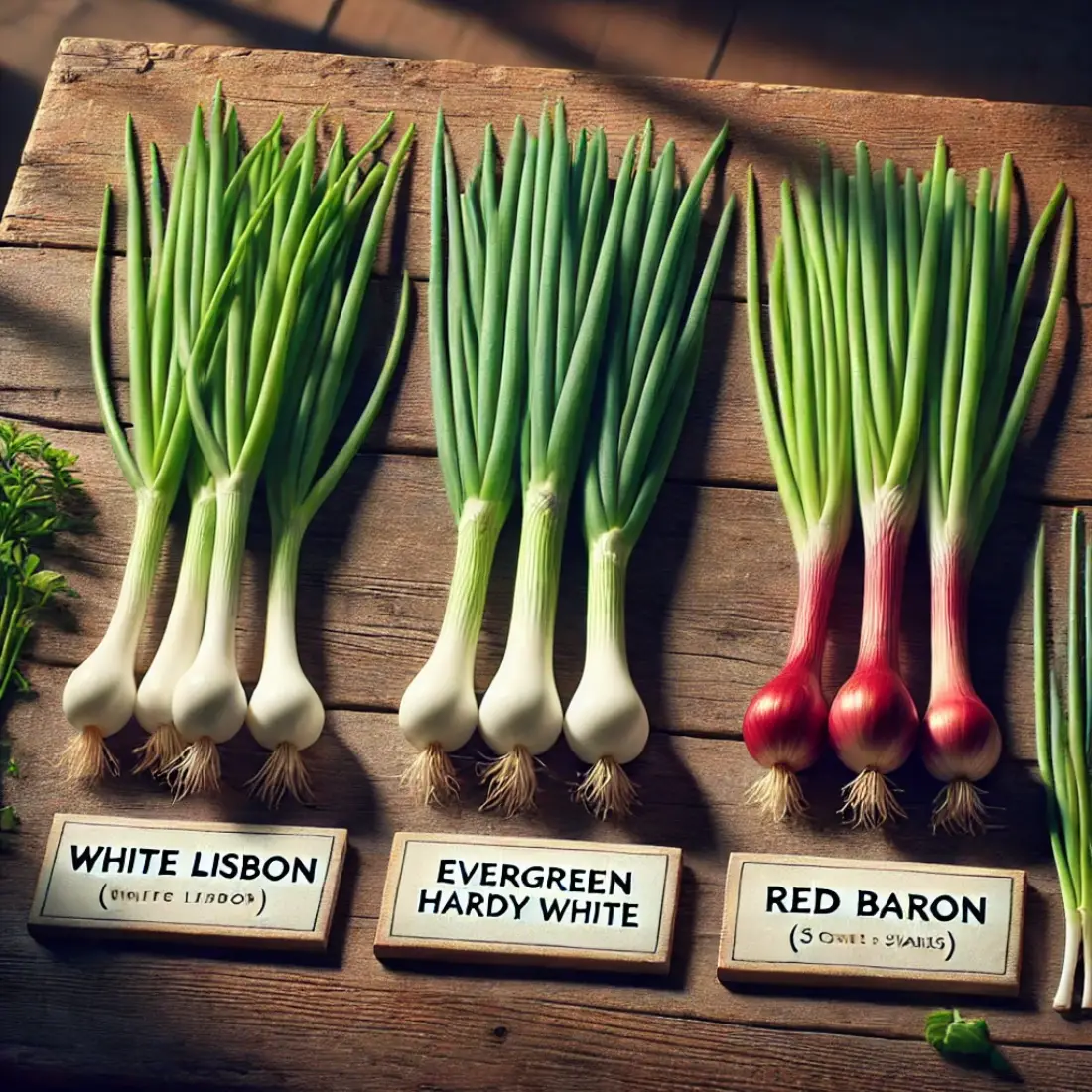
- ‘White Lisbon’: A popular, fast-growing variety known for its mild flavor.
- ‘Evergreen Hardy White’: Tolerates cold weather well and produces consistently.
- ‘Red Baron’: Adds a splash of color with its red stalks and has a slightly stronger flavor.
Consider your local climate and growing conditions when selecting a variety, as some may be better suited to your area.
Prepping the Garden Bed
Soil Preparation
- Loosen the soil to a depth of 6-8 inches.
- Remove any weeds or debris.
- Mix in compost or organic matter to enrich the soil.
Creating Rows
- Space rows about 12-18 inches apart.
- Ensure the soil is level and well-drained.
Growing Green Onions from Seeds
- Prepare the Soil: Ensure the soil is loose, well-draining, and enriched with compost.
- Sow the Seeds: Plant green onion seeds about 1/4 inch deep. Space them 1 inch apart in rows that are 12-18 inches apart.
- Watering: Water the soil lightly but consistently to keep it moist until the seeds germinate.
- Germination: Seeds typically germinate in 7-14 days, depending on soil temperature and conditions.
Germination Process and Timeline
- Temperature: Ideal soil temperature for germination is between 60-75°F (15-24°C).
- Thinning: Once seedlings are about 2 inches tall, thin them out to 2-3 inches apart to allow space for growth.
Growing Green Onions from Bulbs
- Prepare the Soil: As with seeds, ensure the soil is loose, fertile, and well-draining.
- Plant the Bulbs: Plant small onion bulbs, known as sets, 1 inch deep with the pointed end facing up. Space them 2 inches apart in rows 12-18 inches apart.
- Watering: Water immediately after planting and keep the soil consistently moist.
Growing Green Onions in Containers
Choosing the Right Container
- Size: Choose a container that is at least 6-8 inches deep to accommodate root growth.
- Drainage: Ensure the container has drainage holes to prevent waterlogging.
Planting and Care Tips
- Fill the Container: Use a high-quality potting mix enriched with organic matter.
- Planting: Sow seeds or plant bulbs as described above, spacing them appropriately.
- Watering: Containers dry out faster than garden beds, so check the soil moisture regularly and water as needed.
- Sunlight: Place the container in a location that receives full sun for optimal growth.
Tips for Success
- Consistent Watering: Green onions need consistent moisture but should not be waterlogged.
- Fertilizing: Use a balanced fertilizer every 3-4 weeks to promote healthy growth.
- Mulching: Apply a thin layer of mulch to retain soil moisture and suppress weeds.
Common Problems and Solutions
Pests That Affect Green Onions
Onion Thrips
- Symptoms: Silvery streaks on leaves, stunted growth.
- Solution: Use insecticidal soap or neem oil. Encourage beneficial insects like ladybugs.
Onion Maggots
- Symptoms: Wilting plants, tunnels in bulbs.
- Solution: Apply diatomaceous earth around the base of the plants. Use row covers to prevent egg-laying by adult flies.
Aphids
- Symptoms: Sticky residue on leaves, curled or yellowing leaves.
- Solution: Spray plants with a strong jet of water to dislodge aphids. Use insecticidal soap if infestation persists.
Diseases That Affect Green Onions
Downy Mildew
- Symptoms: Yellow spots on leaves, grayish mold on undersides.
- Solution: Ensure good air circulation by spacing plants properly. Avoid overhead watering.
Pink Root
- Symptoms: Pink discoloration of roots, stunted growth.
- Solution: Use crop rotation and plant disease-resistant varieties. Ensure well-draining soil to prevent root rot.
Botrytis Leaf Blight
- Symptoms: Water-soaked lesions on leaves, fluffy gray mold.
- Solution: Remove and destroy affected plant parts. Use baking soda spray or neem oil and avoid excessive nitrogen fertilization.
Other Issues
Yellowing Leaves
- Causes: Overwatering, underwatering, nutrient deficiencies.
- Solution: Adjust watering practices to maintain consistent moisture. Fertilize with a balanced organic fertilizer to address nutrient deficiencies.
Slow Growth
- Causes: Insufficient sunlight, poor soil quality.
- Solution: Ensure green onions receive at least 6-8 hours of sunlight daily. Improve soil quality by adding organic matter or compost.
Bolting (Premature Flowering)
- Causes: Stress from heat or drought.
- Solution: Provide consistent moisture and mulch to keep soil cool. Harvest green onions before they start to bolt.
FAQs about Growing Green Onions
How long does it take for green onions to grow?
Green onions typically take about 60-90 days to mature from seeds, but you can start harvesting them as soon as they reach a height of 6-8 inches, usually within 30 days.
Can green onions grow in the shade?
Green onions prefer full sun but can tolerate partial shade. However, insufficient sunlight can slow their growth and result in thinner, less robust plants.
How do I know when my green onions are ready to harvest?
Green onions are ready to harvest when they reach a height of 6-8 inches, and their stalks are thick enough to your liking. You can also pull up a few to check if the white part is sufficiently developed.
Can I regrow green onions from kitchen scraps?
Yes, you can regrow green onions from the white base with roots. Place the base in a glass of water with the roots submerged, and leave it in a sunny spot. New green growth will appear in a few days.
How often should I water green onions?
Green onions need consistent moisture but should not be waterlogged. Water them thoroughly when the top inch of soil feels dry, typically 1-2 times per week, depending on weather conditions.
What type of fertilizer is best for green onions?
A balanced, organic fertilizer works well for green onions. Apply it every 3-4 weeks during the growing season to promote healthy growth.
Why are my green onion leaves turning yellow?
Yellow leaves can indicate overwatering, underwatering, or nutrient deficiencies. Check the soil moisture and adjust your watering practices. Fertilize if the soil lacks nutrients.
Can green onions survive frost?
Green onions are somewhat frost-tolerant and can survive light frosts. However, prolonged exposure to severe frost can damage the plants. Use mulch or row covers to protect them in colder weather.
How do I prevent pests from attacking my green onions?
To prevent pests, practice crop rotation, use insecticidal soap or neem oil, and encourage beneficial insects like ladybugs. Keep the garden clean and free of debris where pests might hide.
Can I grow green onions indoors?
Yes, green onions can be grown indoors in containers. Ensure they receive plenty of sunlight or use grow lights. Maintain consistent watering and provide good air circulation.


